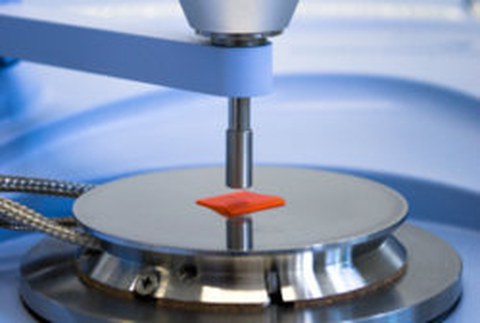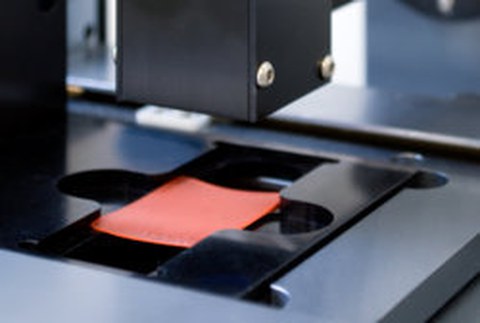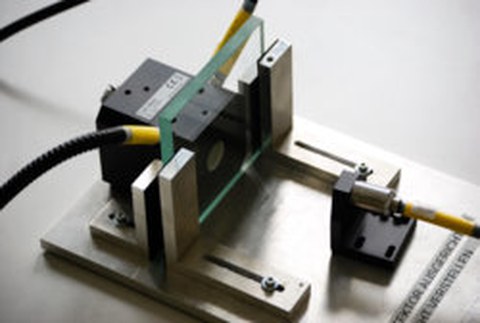spectroscopic material characerisation
Fields of application
Infrared and Raman spectroscopy are the most important methods of vibration spectroscopy. These methods are used for the chemical identification and characterization of different substances and have become established as important methods in material science as well as quality and process control. In particular, the chemical composition of materials has a decisive influence on their material properties, and the above-mentioned examination methods can make corresponding statements.
The spectroscopic methods are used for:
- the identification and structure elucidation of materials
- the determination of the composition of materials with respect to water, additive, filler content
- the identification of thermally induced degradation steps
- the characterization of processing parameters, in particular the thermal curing
- the surface analysis
- the destructive analysis of joints.
Methods
Infrared spectroscopy (IR) is based on the excitation of vibrations and rotations in molecules by irradiation with infrared light in the wavelength range from 0.8 to 1000 μm. Particularly the average infrared in the wavelength range from 2.5 to 25 μm (4000 to 400 wave numbers) is used in the analysis since in this area concrete statements about functional groups in the molecules can be made. These absorb the irradiated IR light at characteristic wavelengths, which makes identification possible. By comparing the recorded spectra with corresponding data base spectra, identity checks are also possible. The samples can be measured and characterized in reflection mode in the transmission mode and for materials that are impermeable to infrared radiation. The latter is performed either by ATR measurements (attenuated total reflection) or by the IR microscope.
Raman spectroscopy is based on the detection of scattered light resulting from the vibrations and rotations of the sample molecules irradiated with monochromatic light. From the frequency differences from the primary light to the scattered light, a spectrum results which, similar to the IR spectra, allows conclusions to be drawn about the chemical composition of the material under investigation. The physical processes which underlie the two spectroscopic methods differ, but the individual bands can still be observed in almost the same places in the spectra. The IR and Raman spectra of a material complement each other in their information content.
With the light transmission and reflection meter, transmission and reflection measurements can be carried out quickly and with high accuracy in a spectral range from 280 to 780 nm (UV and visible range). By measuring the light transmission, the quality of an adhesive bond or the transparency of a laminate can be determined and described, and conclusions can be drawn about the resistance of the materials to external influences. In this case, optical changes can be investigated after artificial and natural aging of composite glass, glued glass components and photovoltaic elements.


